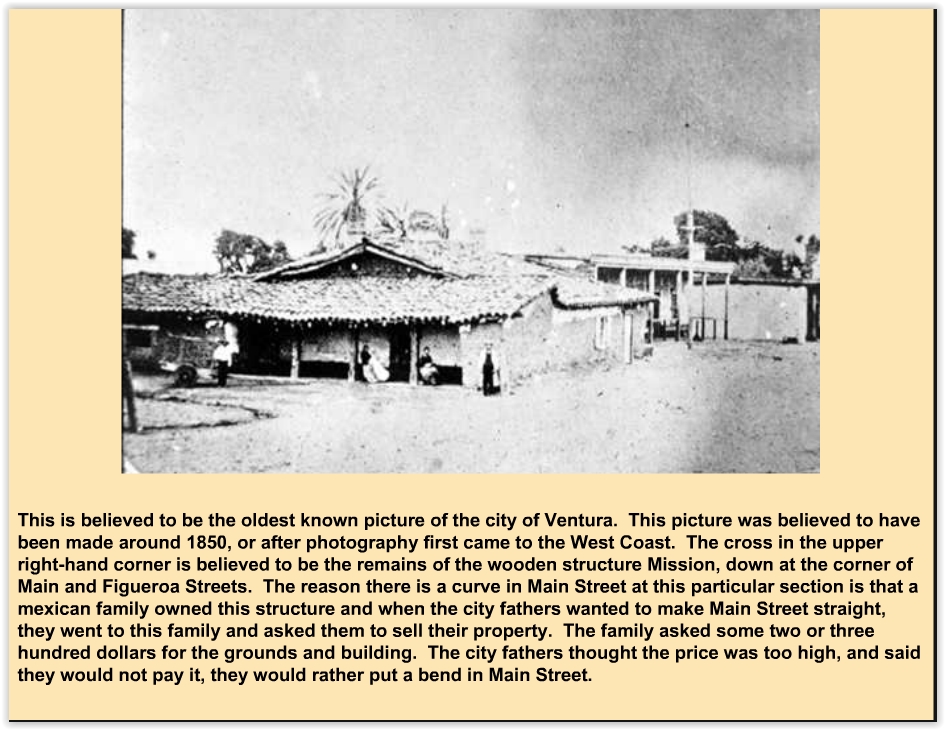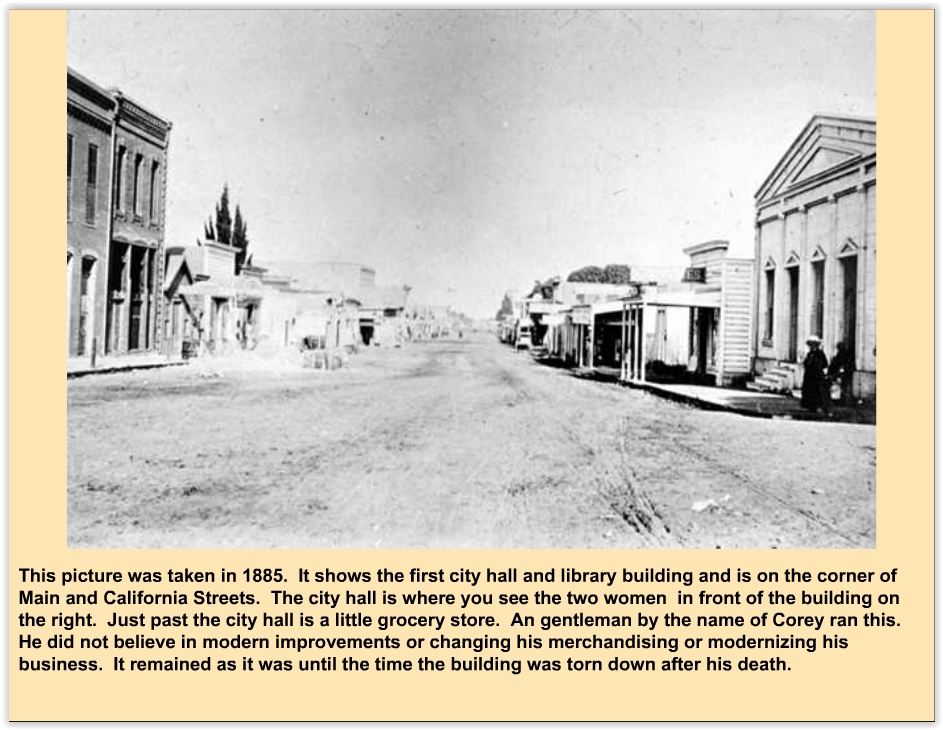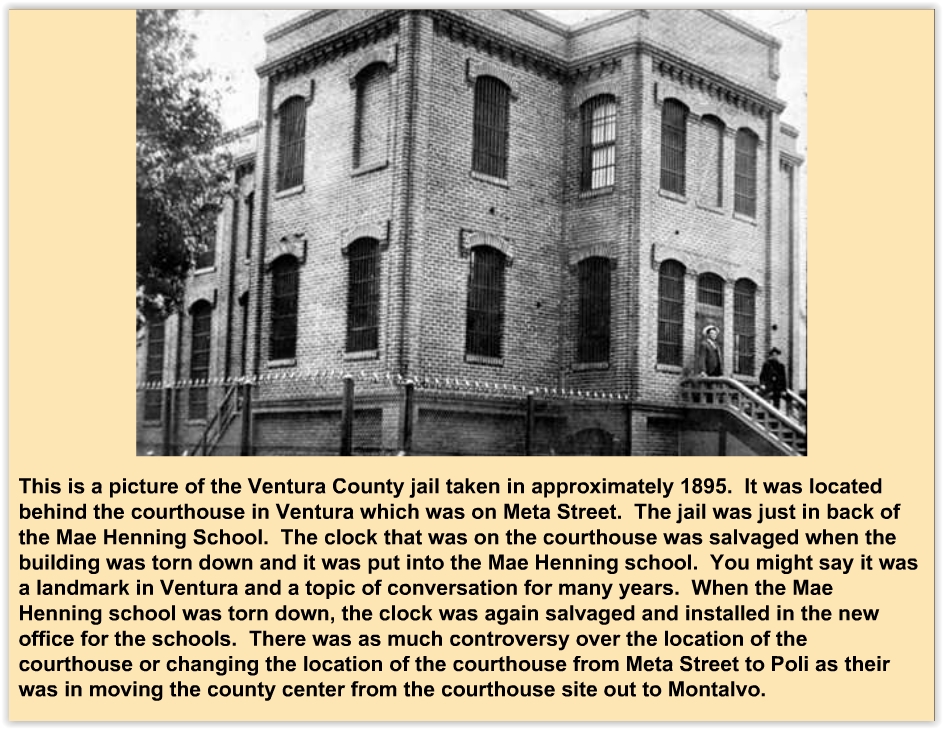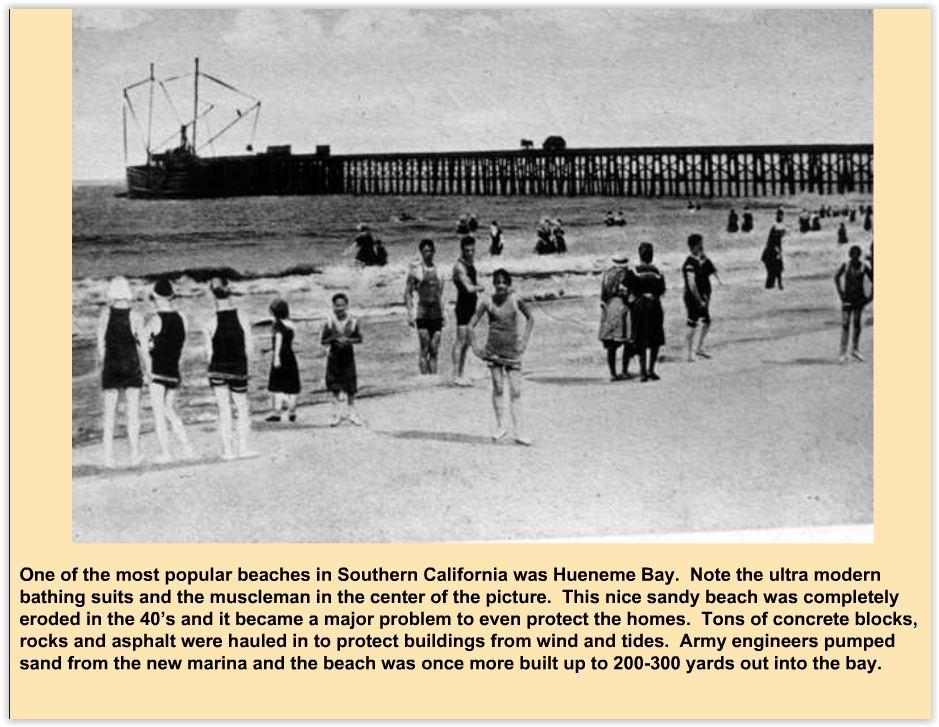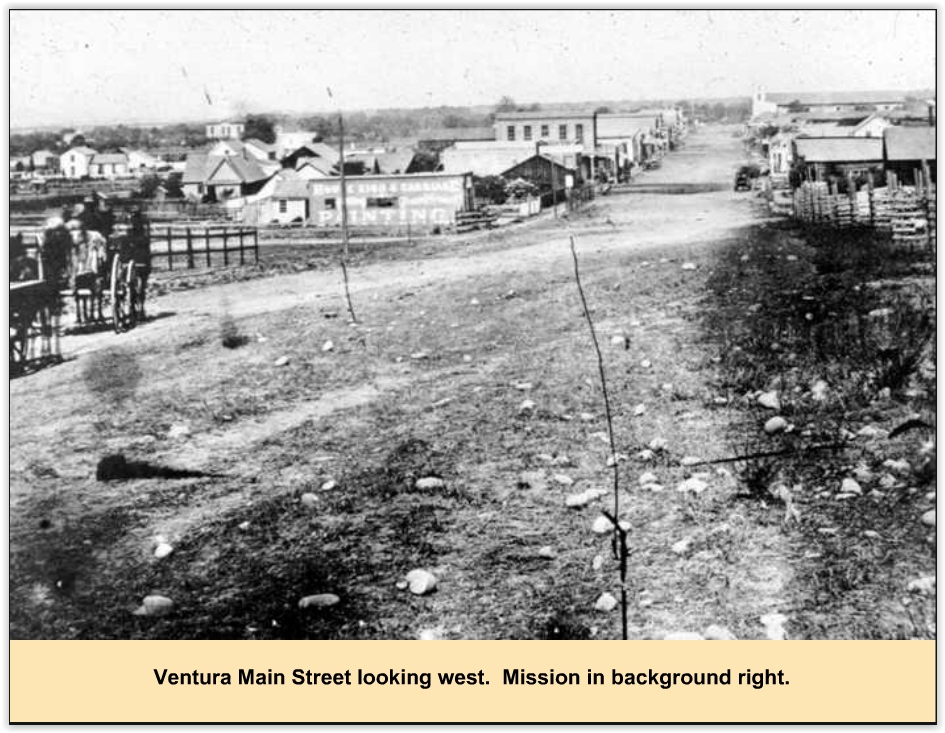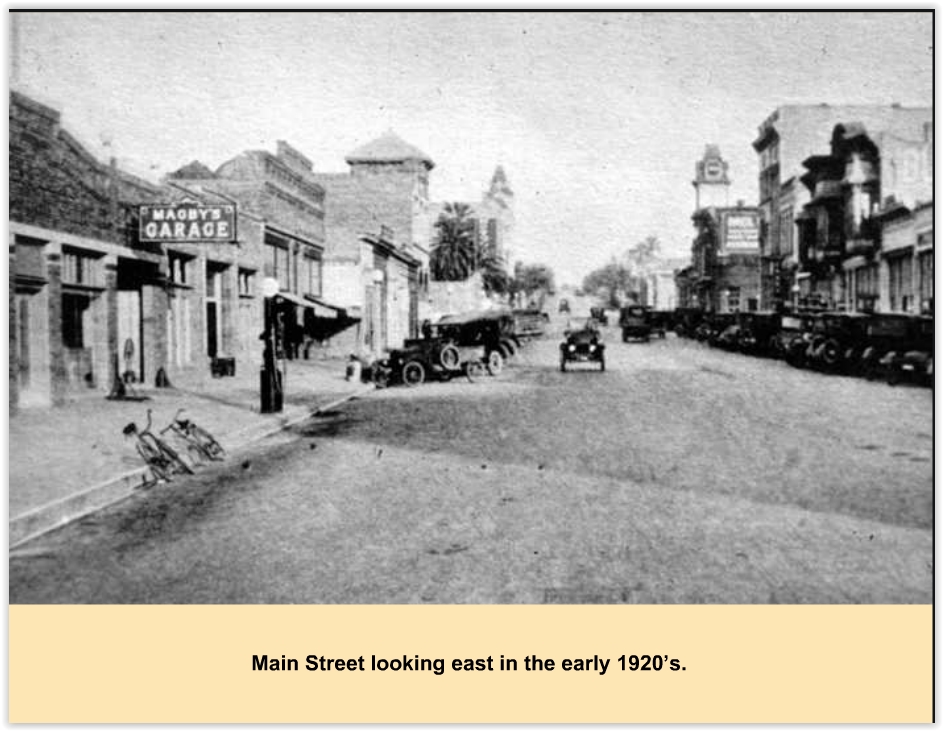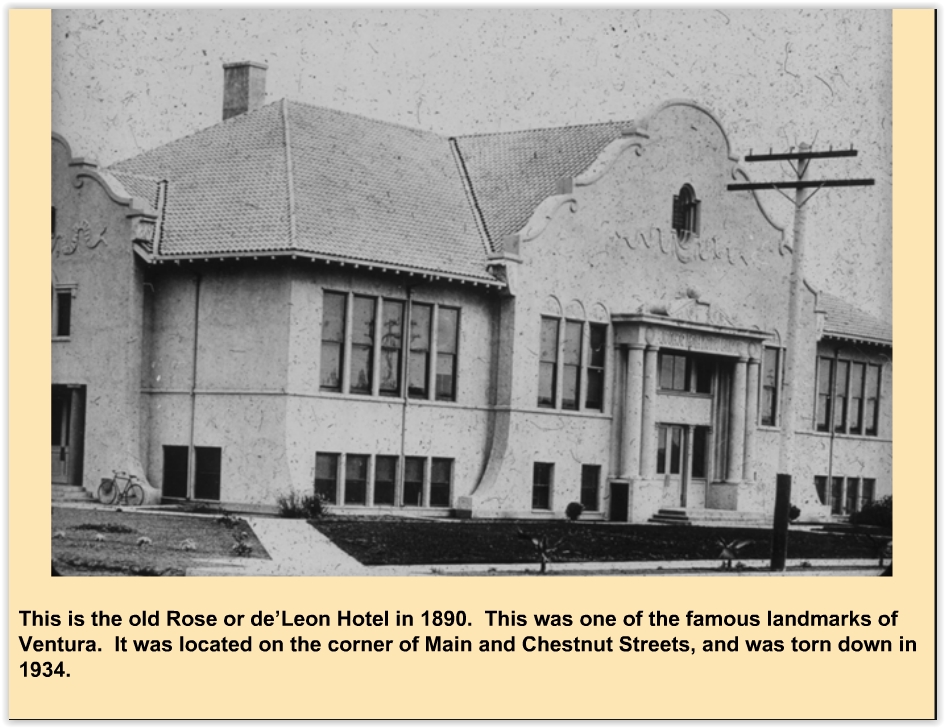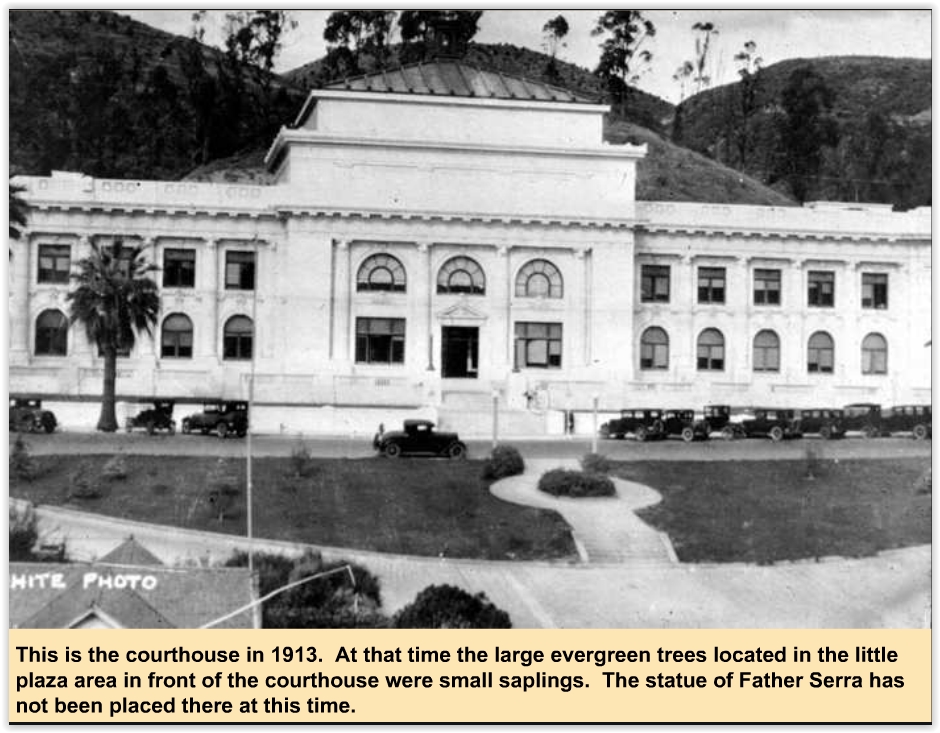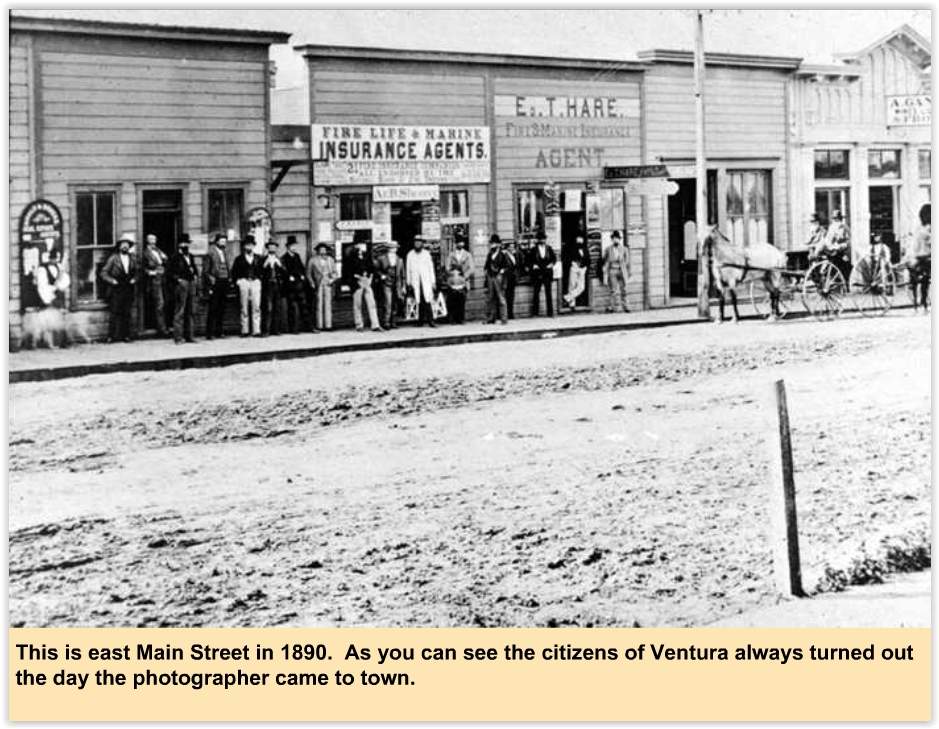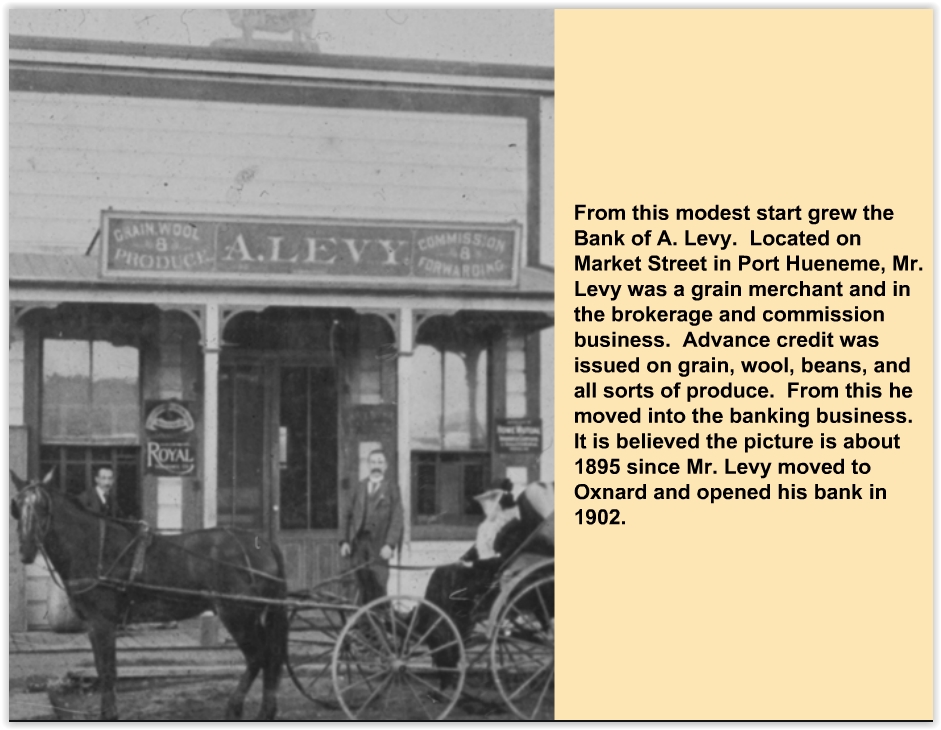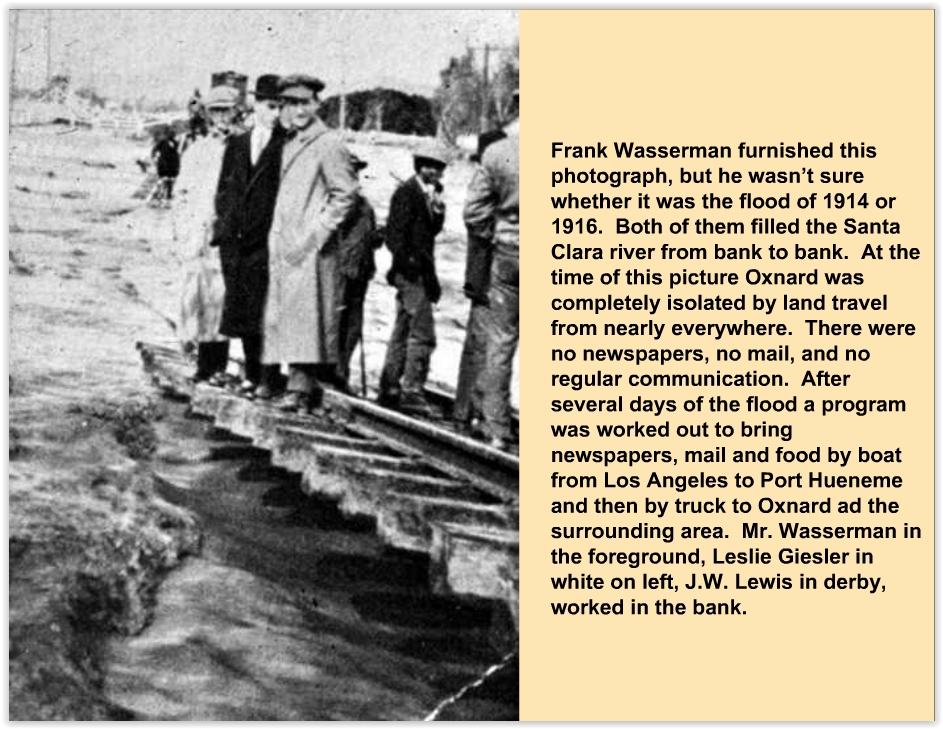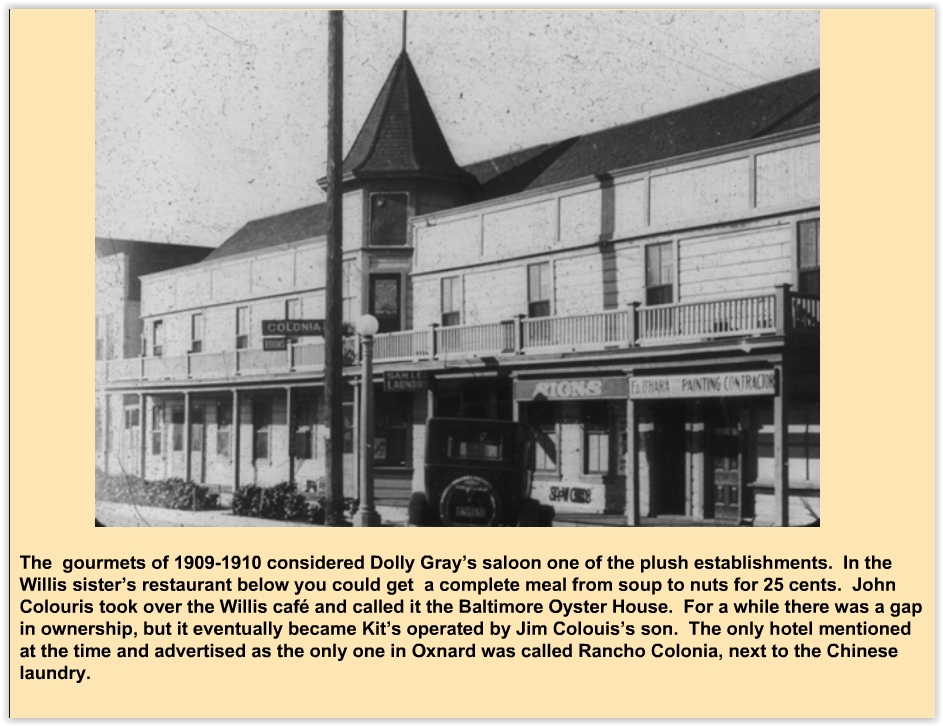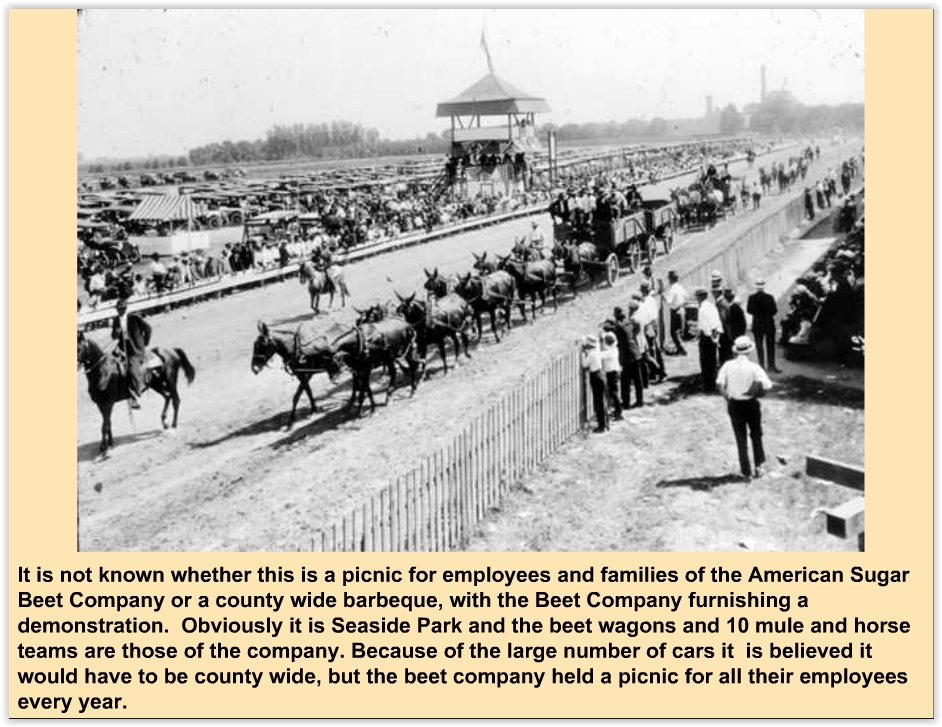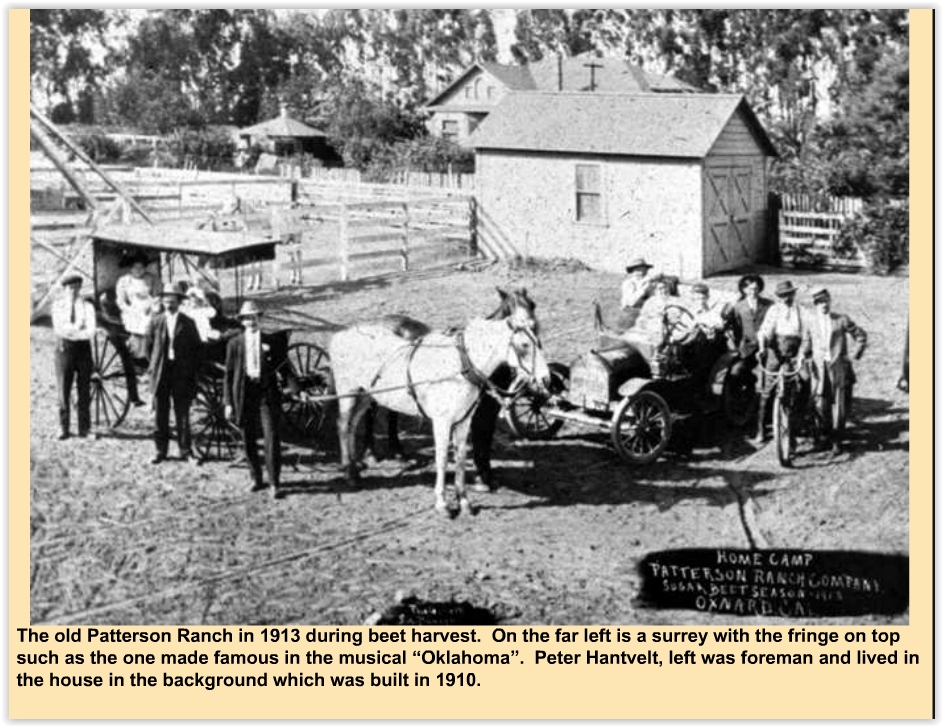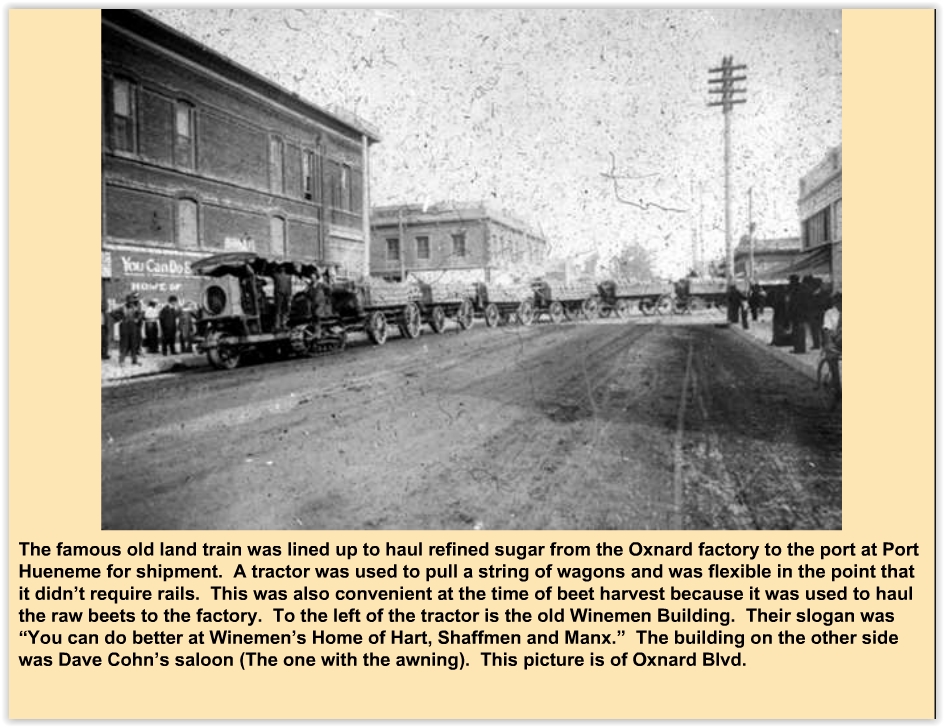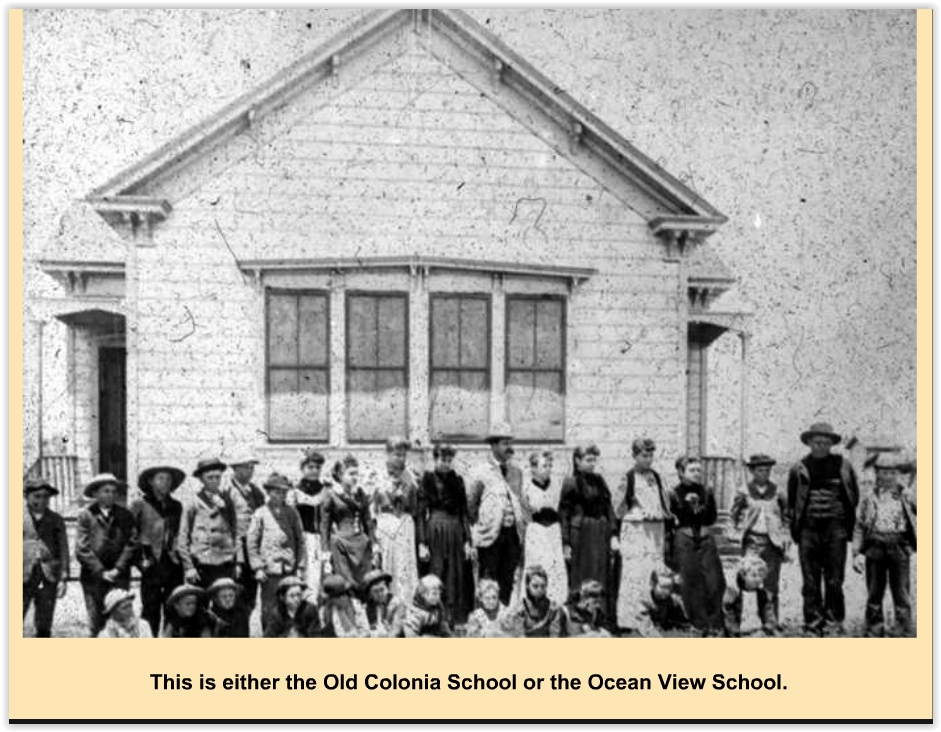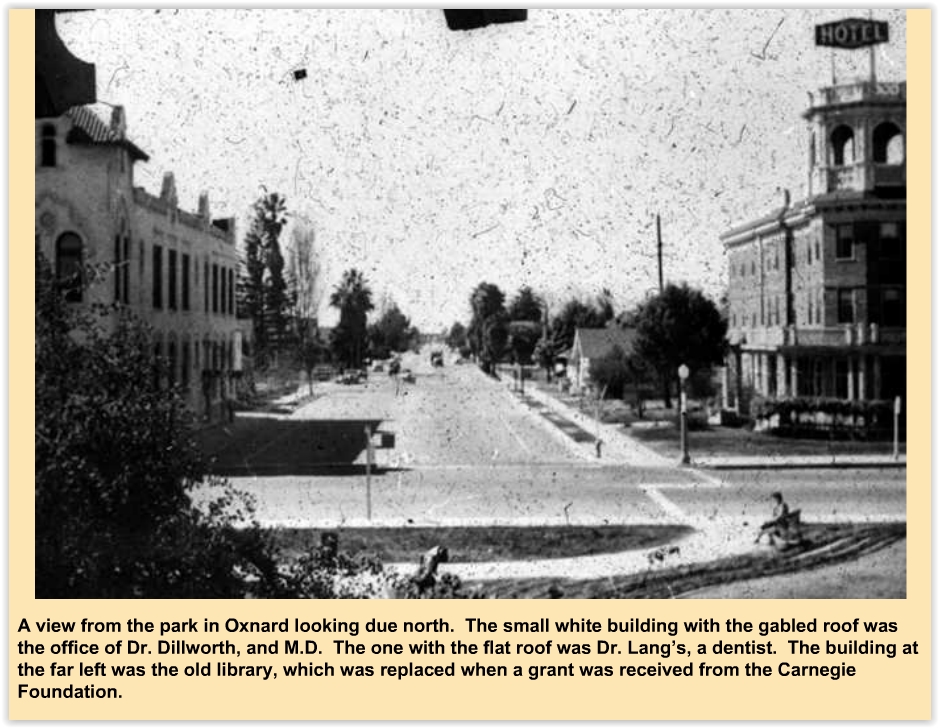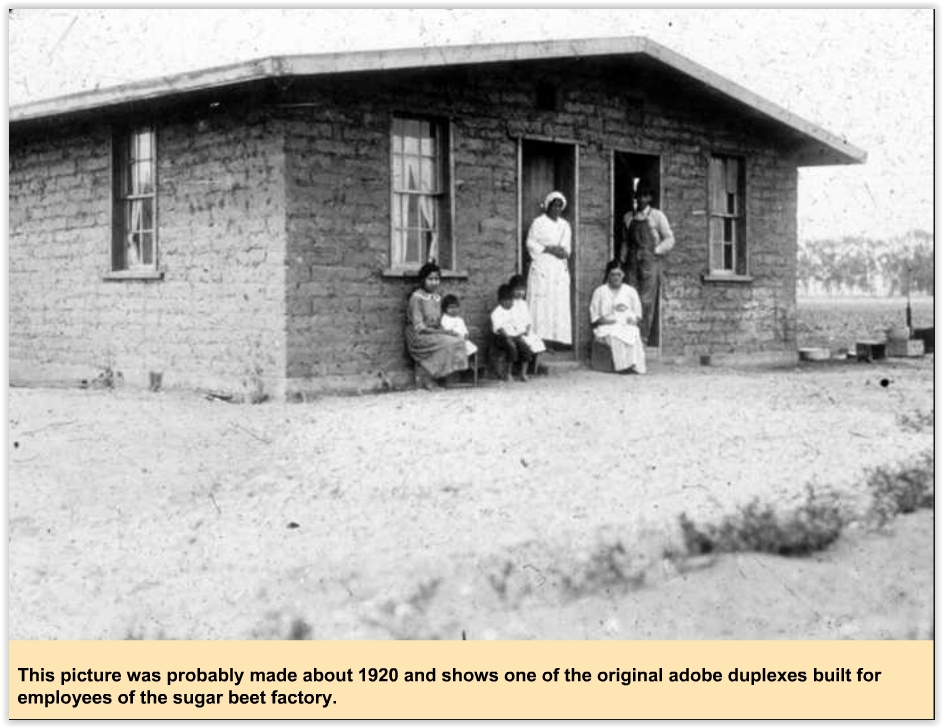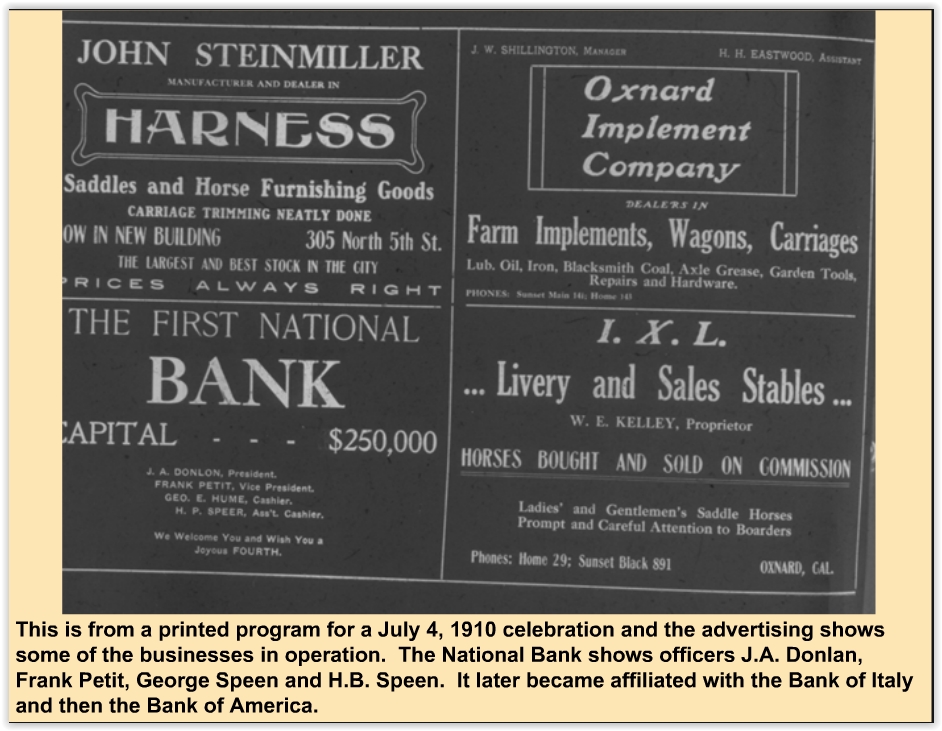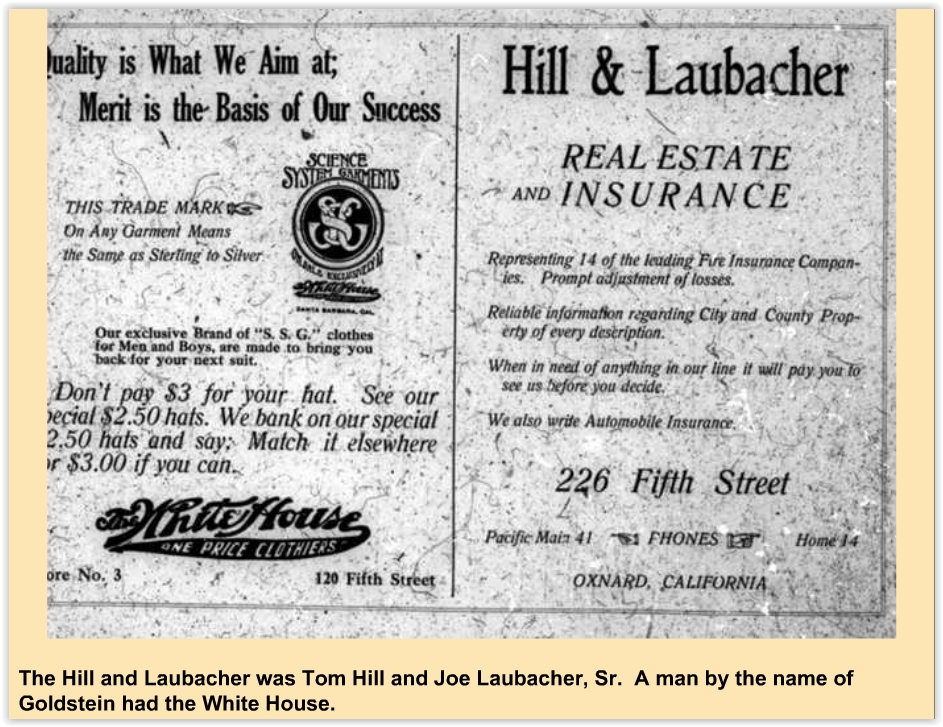Throwback: Grand Opening of Casa Conejo Estates in the Conejo Valley in 1960
/Casa Conejo is an unincorporated Ventura County community located in Newbury Park. Effectively Casa Conejo is a rectangular shaped island within Thousand Oaks city limits. So to summarize, Casa Conejo is part of Newbury Park. Newbury Park is part of Thousand Oaks. But Casa Conejo is not part of Thousand Oaks. There will be a quiz on this tomorrow.
Casa Conejo has a population of approximately 3,200 residents, some of whom serve on the Casa Conejo Municipal Advisory Council.
This first planned community of Newbury Park premiered in 1960, four years before the City of Thousand Oaks was incorporated.
Back in 1960, these brand new 3 bedroom, 2 bathroom homes on 1/3rd of an acre lots in Casa Conejo were going from $14,995 and up, with a $295 down payment.
“Whole new horizons in spacious living are yours…just minutes from the sun-drenched beach, inviting picnic areas at beautiful Sherwood Lake (which is now privately owned and not open to the public) and complete golfing facilities.” But best of all, these homes came with acoustic textured ceilings! :)















